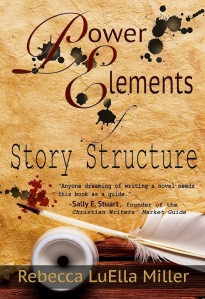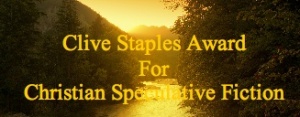In the previous three parts to this short series, I’ve discussed the importance of making backstory a natural, organic part of the story; two techniques to use suggested by Hallie Ephron in her Writer’s Digest article “6 Ways To Layer In Backstory”; and a more detailed explanation of how to convey backstory through dialogue.
That brings us to Ms. Ephron’s final two techniques: memories and a flashback scene.
A character’s memories can convey backstory without bringing the story action to a halt if those memories fit in with the present scene. The idea is to use something in the story present to trigger a memory.
The trigger can be a sound — something jarring or disruptive like a car alarm going off. Or it can be a smell such as baking bread or a visual like an antique tea service, just like Grandma’s. The objects or events that can initiate a character’s memory are endless.The important thing in making the memory seem natural is to avoid calling attention to it. Skilled novelists don’t announce a memory.
Here’s an example of a memory that doesn’t transition smoothly into or out of the memory.
- Ramon heard the loud gong of the church bell. He thought a minute. Yes, he’d heard something just like that bell years ago, when he was only a boy. He used to visit his Tío Miguel every Sunday, and the bell in the church down the block rang so loud, they sometimes had to stop talking until it ended. Ramon shook himself out of his reverie.
Here’s the same memory written with smoother transitions rather than announcements.
-
The loud gong of the church bell sounded again, and Ramon stopped talking. Not to listen, but from habit. Years ago, when he visited Tío Miguel on Sundays, the church bell down the block rang so loud they couldn’t hear each other over the repeated bong-bong. They’d learned to go silent and wait, just as he did now.
The final method of providing readers with necessary backstory is by creating a flashback — a scene set in an earlier time. As with the memory technique, the transitions are critical. But flashbacks have several things that are different.
First, the verb tense changes, at least initially, so the reader understands where the scene fits. If the author is using present tense, then a flashback is in past tense. If the author is writing in past tense, then the flashback begins and ends in past perfect.
Because of the repeated “had” necessary to form the past perfect, using it throughout the flashback can become distracting and cumbersome. Consequently, after a few sentences the author can revert to past tense without confusing the reader, then switch back to past perfect in the last line of the flashback to signal that the reader is about to return to the present story time.
Here’s an example from HUNTED with the flashback in boldface type:
Ant-prickles raced up and down Jim’s arms. Not long ago he’d thought about staying behind to search the tunnels on his own, but now the idea of leaving the Abador-faithful seemed as foolhardy as the stunt he had pulled as a six-year-old kid during a family camping trip in the Colorado Rockies. Kyle and Eddie took off one morning on a big-boy hike, and Mom said Jim had to stay in camp. When she wasn’t looking, though, he snuck off after his brothers, but no matter how hard he tried, he couldn’t catch up. He’d been too proud to call after them, too guilty to yell for help from his parents. He wandered around lost in the woods until dark when at last his dad had found him.
-
Jim brushed a hand up and down his arm. Childish. He’d survived that day on his own and outgrown his fear of being alone in a strange place. If something happened to separate him from the others here in Efrathah, he could make.
In longer flashbacks, the scene may be written with dialogue just like any other scene. In the example above, then, instead of saying “Mom said Jim had to stay … ” the text would read: Mom said, “Jimmy, you stay here in camp with your father and me.”
This is the second factor that distinguishes a flashback from a memory, however short — it is a scene, not straight narrative.
Handling backstory correctly can make or break a story. Perhaps the best way to learn to weave it into the fabric of a novel is to examine how other writers integrate it. See what works and what doesn’t, then use the good as a model for your own writing.



![PowerElementsCharacterDevelopment[1000][1]](https://rebeccaluellamiller.files.wordpress.com/2015/05/powerelementscharacterdevelopment10001.jpg?w=205)






Thanks, Becky, for this particular series and this blog in general. A lot of great information! Being a new writer I have no other response than “thank you”. I’m too new at this to have opinions to share or anything to add from my own experience, so usually I just read. Today I thought you might like to know I’m reading and I appreciate you taking the time to help me and others hone our craft.
Thanks, Patrick! It means a lot for you to take the time to comment, for you to say thank you. Very encouraging. And I’m so happy you’re finding these tips helpful.
Becky